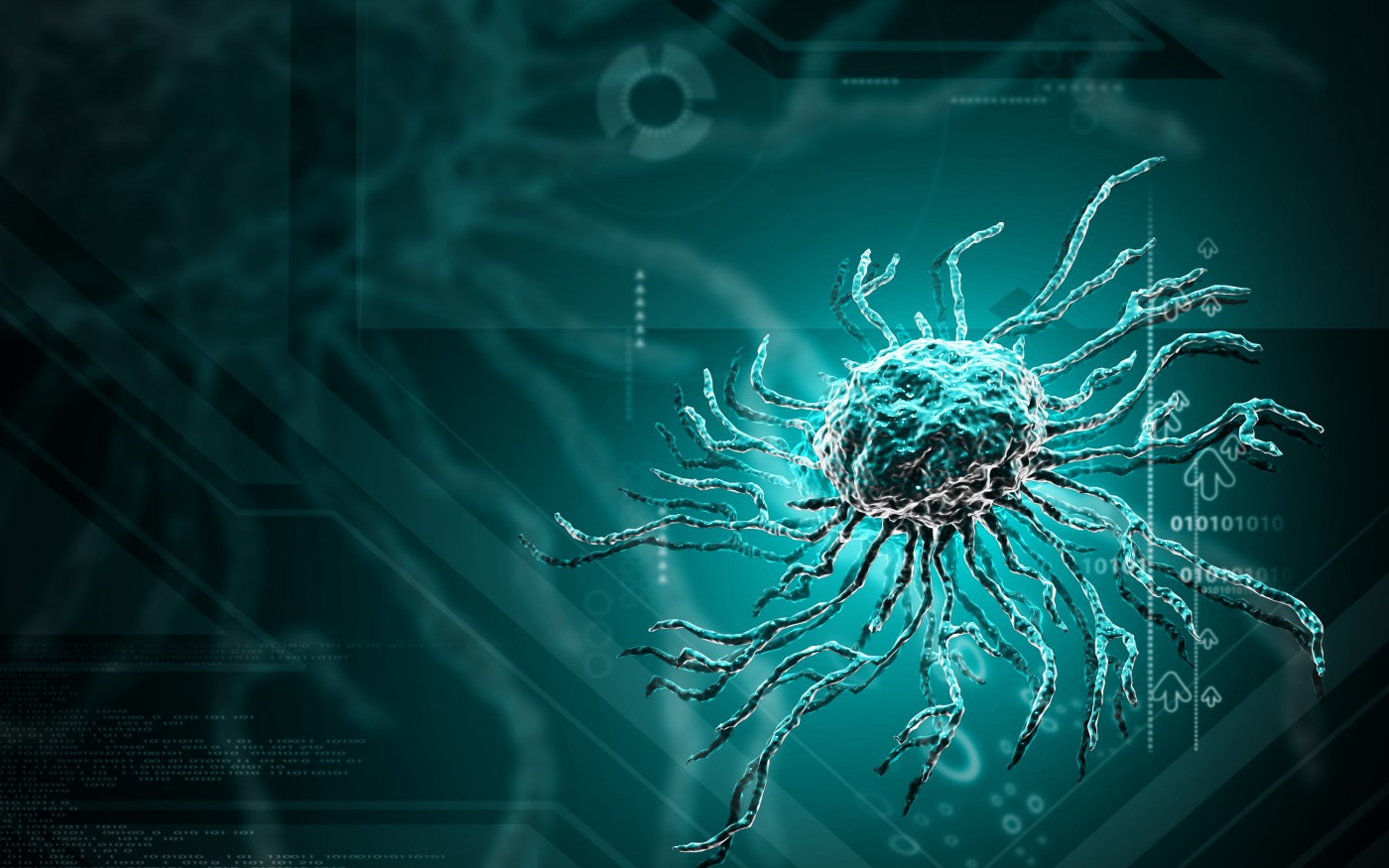Researchers Discuss the Possible Role of Autoimmune Alterations in Pulmonary Arterial Hypertension Pathogenesis

Last year, a study entitled “T-Helper 17 Cell Polarization in Pulmonary Arterial Hypertension” published in the Chest journal associated the increased activity of a T-cell-mediated immune process — the T-helper 17 pathway — with Pulmonary Arterial Hypertension (PAH). This research is now being contested by a group of researchers from the University Medical Center in Hamburg-Eppendorf, Germany and the Stanford University School of Medicine in California. The debate is important to overall body of research concerning PAH, since pinpointing how the disease develops in patients will in turn help advance next-generation therapies in the future.
The team’s reasons for disputing the published study were presented in a letter to the Editor in this month’s issue of Chest. The contesting authors hypothesized that IL-17A blood levels might be altered in PAH patients, similarly to certain cardiovascular diseases where high IL-17A circulating levels are associated with favorable symptom outcomes. The team analyzed IL-17A blood levels of 32 PAH patients and compared them to those of 7 healthy individuals. Participants from both study groups showed high levels of circulating IL-17A. However, researchers did not find any correlation between IL-17A levels and PAH clinical symptoms such as disease markers, time to clinical worsening and 2-year overall survival. In light of these findings, the authors concluded that the disputed study results need to be further investigated in larger studies to disclose the more moderate implication of circulating IL-17A levels in PAH patients.
RELATED: Targeted Therapeutics Under Investigation For PAH Treatment
A response to this letter from the disputed study authors is also published in the same issue. This commentary focuses on the limitations of the analytical study performed by contesting researchers, since IL-17A circulating levels are not completely indicative of circulating immune cell and local pulmonary responses. The challenged authors highlight the fact that circulating T-helper cells do not produce cytokines without being stimulated, a crucial process in the assessment of their reactivity, which was done in the disputed study. Moreover, contested authors recall that another cytokine IL21, which is mainly derived from T-helper 17 cells, has a critical role in the pathogenesis of PAH mice, and that similar mechanisms can be expected to occur in human PAH patients.
Considering all the above data and arguments, there is still no consensus about the role of autoimmune processes in PAH pathogenesis. Further studies are warranted to fully understand the underlying principles governing this relationship and attain a suitable therapeutic approach for PAH.







